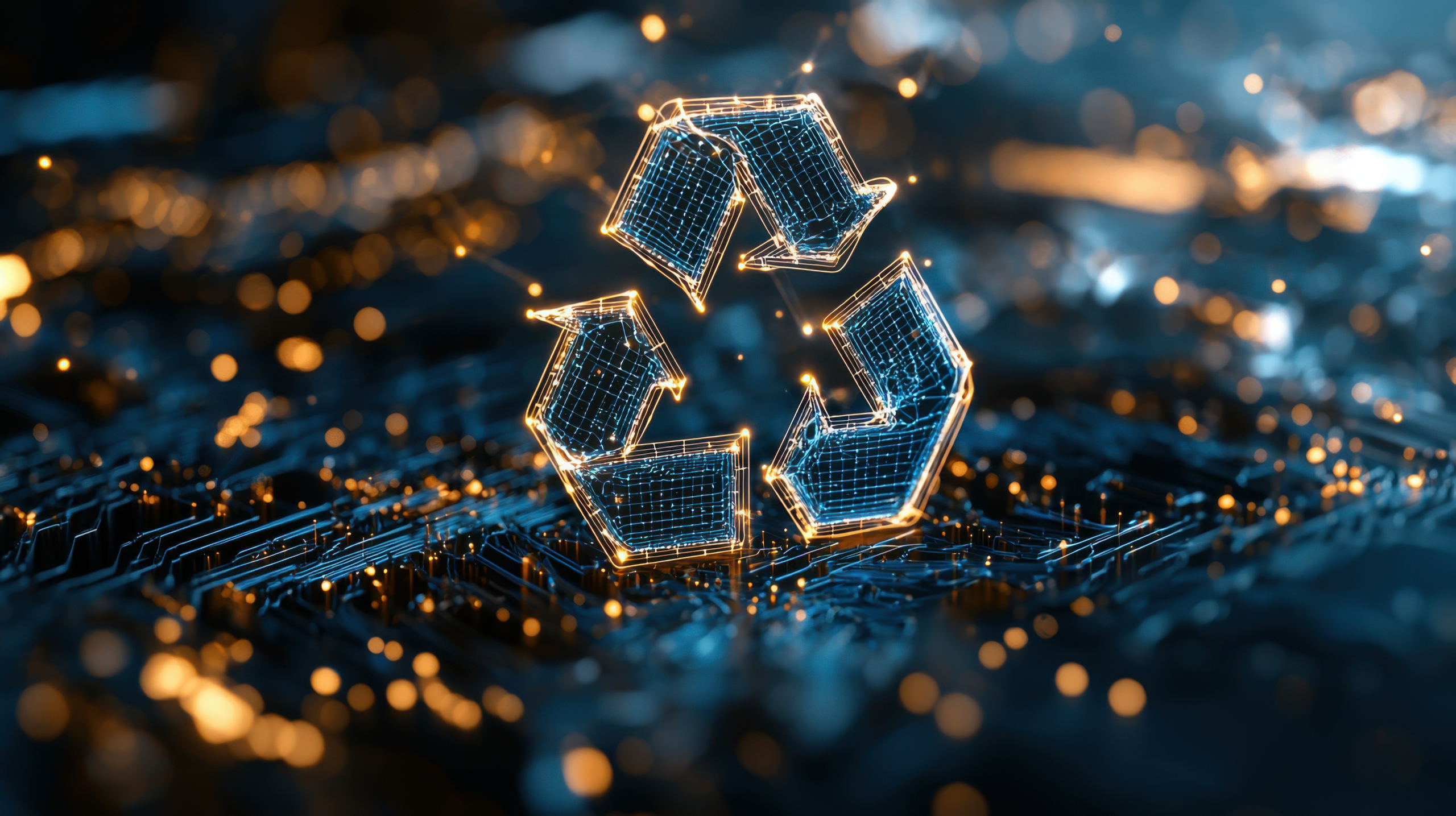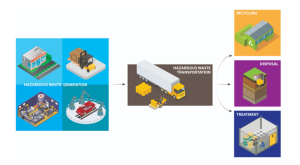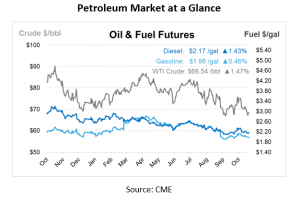
What’s That: Hazardous Waste Generators
In many industries, hazardous waste results from various activities, such as manufacturing, construction, and chemical processes, typically including materials that are toxic, corrosive, flammable, or reactive. You might wonder — what exactly is hazardous waste, and who are waste generators? Hazardous waste is defined as waste with properties that make it dangerous and capable of causing harm to human health and the environment. Any facility whose processes create hazardous waste is considered a waste generator. With numerous industries in the U.S. classified as waste generators, it’s important for hazardous waste to be properly regulated and managed. In today’s What’s That Wednesday, we will explore what hazardous waste generators are and how hazardous waste is both generated and regulated.
What are Hazardous Waste Generators?
Are hazardous waste generators a person or a place? In a way, hazardous waste generators can be considered both! The Environmental Protection Agency (EPA) defines hazardous waste generators as any person or facility whose processes or actions create hazardous waste, as listed in Title 40 of the Code of Federal Regulations (CFR). Think of both the individual who removes the waste and the owner or operator of the facility as co-generators. The CFR is a comprehensive collection of rules and regulations issued by federal agencies in the United States. Regulations within the CFR provide specific details and procedures for implementing federal laws, ensuring compliance across industries dealing with hazardous waste. The CFR helps clarify how hazardous waste should be managed and identifies who is responsible for compliance with waste generator regulations.
Most businesses and industries generate waste in one form or another, making it necessary for these sectors to understand and adhere to the various requirements set by the EPA and state governments for handling hazardous waste. The EPA clearly outlines the categories of hazardous waste generators, recognizing that waste generators produce hazardous waste in different quantities. The volume of hazardous waste each generator produces in a month determines which regulations apply to that specific generator.
The EPA established three categories of waste generators: very small quantity generators, small quantity generators, and large quantity generators. Very small quantity generators (VSQGs) produce 100 kilograms (about 220 pounds) or less of hazardous waste per month and are not subject to many strict EPA regulations; however, they must identify their waste as hazardous and ensure proper disposal. Small quantity generators (SQGs) generate between 100 and 1,000 kilograms (220 to 2,200 pounds) of hazardous waste monthly and must comply with more specific storage, transportation, and disposal regulations than VSQGs. Large quantity generators (LQGs) produce over 1,000 kilograms (2,200 pounds) of hazardous waste or more than 1 kilogram (2.2 pounds) of acutely hazardous waste monthly. They must manage waste within 90 days and adhere to stringent EPA regulations, including reporting, tracking, emergency preparedness, and personnel training. Determining your company’s classification as a hazardous waste generator is important, as misclassification can lead to improperly regulated waste and compliance issues.
What is Classified as Hazardous Waste?
Hazardous waste is classified based on its physical, chemical, or biological properties that make it dangerous to human health and the environment. In the U.S., we look to the EPA for regulations and classifications of hazardous waste. The EPA defines hazardous waste in three categories: listed, characteristic, and radiological. Listed waste is considered hazardous if it appears on one of four lists—the F, K, P, and U lists—found in Title 40 of the Code of Federal Regulations (CFR). The F-list, which covers wastes from non-specific sources, identifies wastes from common industrial and manufacturing processes as hazardous. The K-list addresses hazardous waste from specific industries, such as petroleum refining or pesticide manufacturing. Lastly, the P-list and U-list contain discarded hazardous waste from commercial chemical products, such as certain pharmaceuticals or chemical waste. Additionally, the EPA has established a regulatory process to identify specific substances classified as hazardous, along with objective criteria for including additional materials within the regulated hazardous waste category.
Why is Regulatory Compliance Important for Hazardous Waste Generators?
The most important aspect of working with hazardous waste is ensuring it does not harm the environment or human health, while maintaining responsible hazardous waste management. For hazardous waste generators, regulatory compliance is primarily governed by the Resource Conservation and Recovery Act (RCRA), which establishes specific rules to protect human health and the environment. These rules cover the generation, transportation, treatment, storage, and disposal of hazardous waste. Additionally, for facilities that handle oil, the Spill Prevention, Control, and Countermeasure (SPCC) rule requires safeguards to prevent oil spills that could harm water sources. For more details on the SPCC rule, check out last week’s What’s That Wednesday.

All hazardous waste generators must correctly identify their waste as hazardous, following EPA guidelines for determining waste characteristics and toxicity levels. This process involves categorizing waste by toxicity, corrosivity, reactivity, and ignitability. By adhering to EPA guidelines, hazardous waste generators can mitigate environmental risks, avoid penalties, and ensure responsible waste management.
If your company is a waste generator, the EPA regulations governed by the RCRA are strict and require compliance with specific guidelines. Select Environmental, a Mansfield Service Partners company, is your one-stop shop for all waste management needs. With Select Environmental, your company will receive safe, compliant solutions for waste stream reduction and used oil disposal. Select Environmental helps you achieve sustainability goals, save money, and avoid regulatory penalties. Trust the experts at Select Environmental for proper disposal of your used motor oil and waste products.



